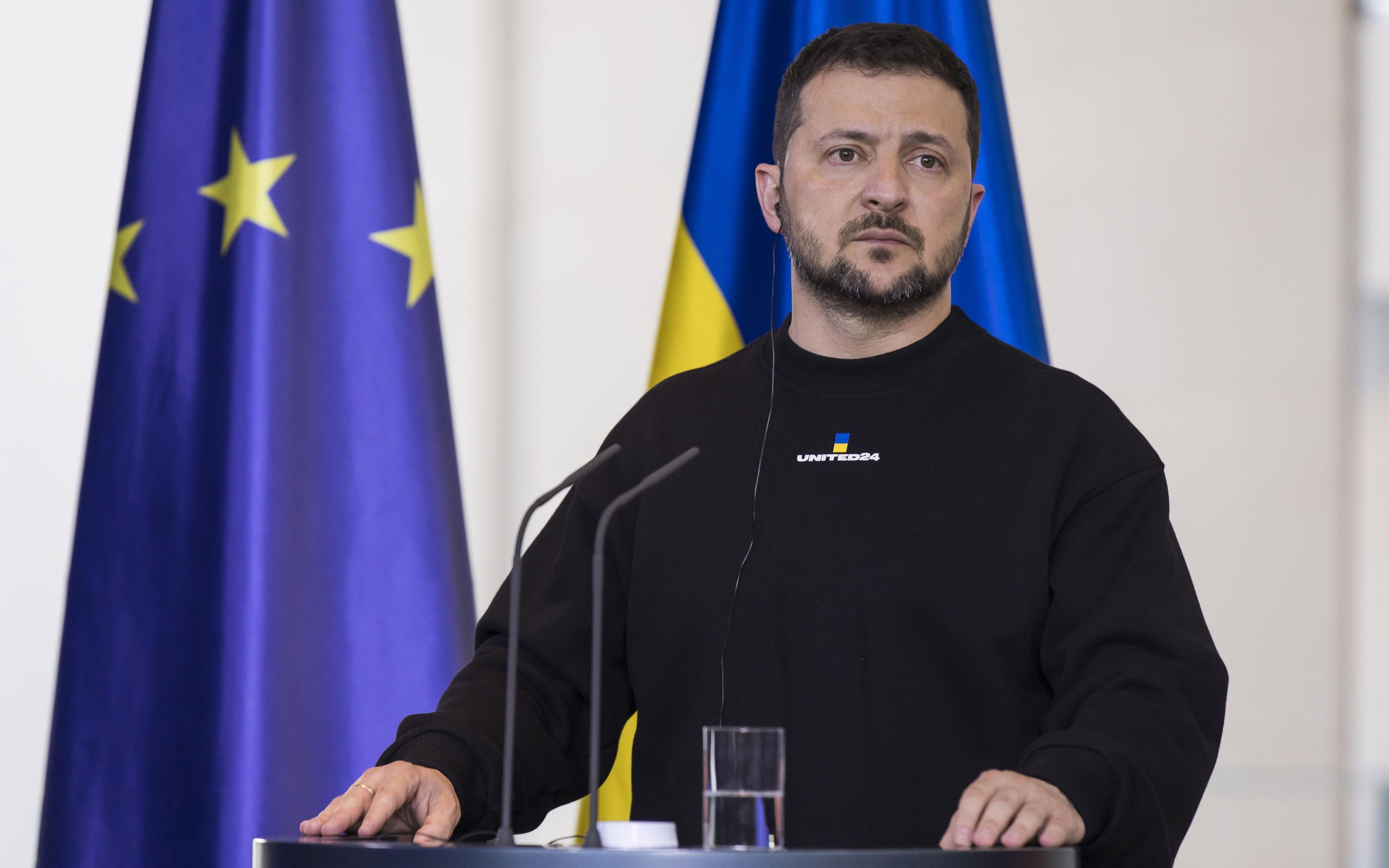“I really envy my Chinese friends. You’re born with the world’s most precious identity and most profound and charming language,” she says in a video posted to another platform, Xiaohongshu, which is similar to Instagram.
A different video shows the woman thanking the Chinese people for supporting Russia through its economic difficulty by buying Russian chocolates from her.
“In the past year, the entire world is boycotting Russia, imposing all kinds of restrictions and difficulties on us. China is like a saviour,” she says.
These videos looked much more natural, with the woman’s lips synced to the fluent Mandarin. But they are fake, too. They were retooled from YouTube videos posted by Olga Loiek, a university student whose real videos are about self-improvement and her gap year in Germany.
Loiek doesn’t speak Chinese. And she would never praise Russia like that, she said in an interview. She is from Ukraine, and some of her relatives are still there. The makers of these videos are trying to capitalise on a market born of China’s current moment in geopolitics, technology and public sentiment.
Relations between Russia and China have deepened significantly in recent years, with the countries’ leaders, Vladimir Putin and Xi Jinping, declaring a “no limits” partnership in the face of mounting hostility from the West. Putin visited Beijing last week, where Xi welcomed him with great fanfare.
Russian President Vladimir Putin, and Chinese President Xi Jinping attend an informal meeting in Beijing, China.Credit: AP
The use of foreign faces to laud China also seeks to tap into a sense of national pride, or nationalism, among the Chinese audience. Nationalist content has become one of the surest drivers of internet traffic in China, in a censorship environment where more and more topics are off limits.
That nationalism — like nationalism around the world — has often included a strain of sexism, said Chenchen Zhang, a professor of international relations at Durham University in England.
“This representation of young white women in sexually objectified ways is a typical trope of gendered nationalism, or nationalistic sexism,” Zhang wrote in an email. “Viewers can get both their nationalistic and masculine pride reaffirmed in consuming this content.”
Loading
In several of the videos featuring Zahrai’s manipulated likeness, the faked character calls her viewers “big brothers”. The persona also notes that Russia is not selling those products in Japan or South Korea, two countries with which China has fraught relations.
The Chinese government has often encouraged online nationalism, but there is no indication that it has anything to do with the deepfake videos (though some local governments have partnered with real Russian women to promote similar messages about China’s appeal). There is also a small economy of real Russian influencers, many of them young women, on Chinese social media.
Many of the video makers may simply be taking advantage of China’s embrace of shopping via livestreaming and short videos. As AI technology has become more advanced, some Chinese companies have already switched from real to virtual salespeople to save money.
Artificially generated videos are likely to become more and more common as a sales tactic, since AI technology has advanced so quickly and become so much more accessible to the general public, said Santa Clara University’s Professor Haibing Lu, who studies AI governance.
Zahrai’s management company said in an email that the AI modifications were “poor quality” and that they “would likely appear to be fake” even to casual viewers. Some of the account’s videos had only a few dozen views, though the one discussing marrying Russian women had 22,000.
It didn’t seem to matter. An automated counter that pops up in one of the account’s videos suggests that the brand of salt being pitched has already been bought 360,000 times across the platform.
When The New York Times reached out to the Douyin account with the videos of the manipulated Zahrai, the account holder confirmed in an audio message that he had made the videos. “You set up three things: audio, video and mouth. You can build any video you want,” he said.
The levels of sophistication vary. Some of the fake women appear entirely computer generated, move stiffly and look like glorified Sims. Some, like those featuring Loiek’s likeness, are very good.
Loading
“Even though I knew it wasn’t me, the realism was frightening,” said Loiek, who recently found out that more than 30 different social media accounts in China had co-opted her image.
“When I decided to create my YouTube channel, I was aware of the dangers of deepfakes, but I believed it was primarily a concern for famous political and entertainment figures. Now I realise that anyone with video footage of themselves online can be affected.”
Loiek reported the accounts on Xiaohongshu and made a YouTube video about her experience. Eventually, most of the profiles using her likeness were shut down.
Foreign influencers are unlikely to know their image has been used on Chinese social media and file a copyright complaint. And the Chinese platforms may not be drawing on overseas content, either, when checking for AI manipulation, said a 35-year-old man who ran two accounts featuring AI-generated Russian women.
The man, who gave only his surname, Chen, said he earned about $US1000 a month from the accounts before he shut them down in March, fearing greater regulation. But more are still proliferating. And Russia may be the hot topic now, but the practice will probably soon spread to whatever the next trend is, Lu said.
“The people behind this would manipulate any possible topic to attract people’s attention,” he said. “Show ‘how to go to top schools’ to parents; ‘how to become beautiful’, to young ladies. I believe going forward, everyone will use AI technology to customise topics to make videos appealing to a certain audience.”
This article originally appeared in The New York Times.




















Discussion about this post